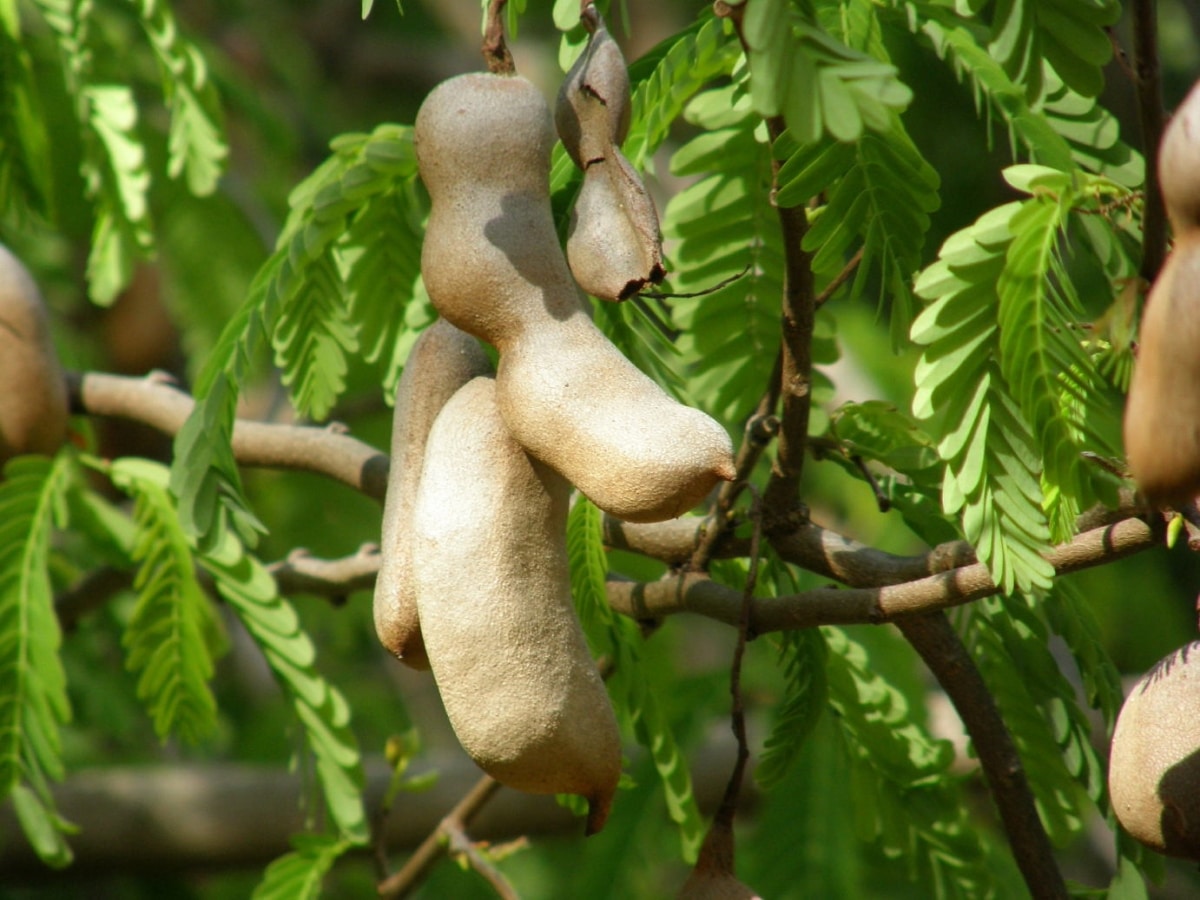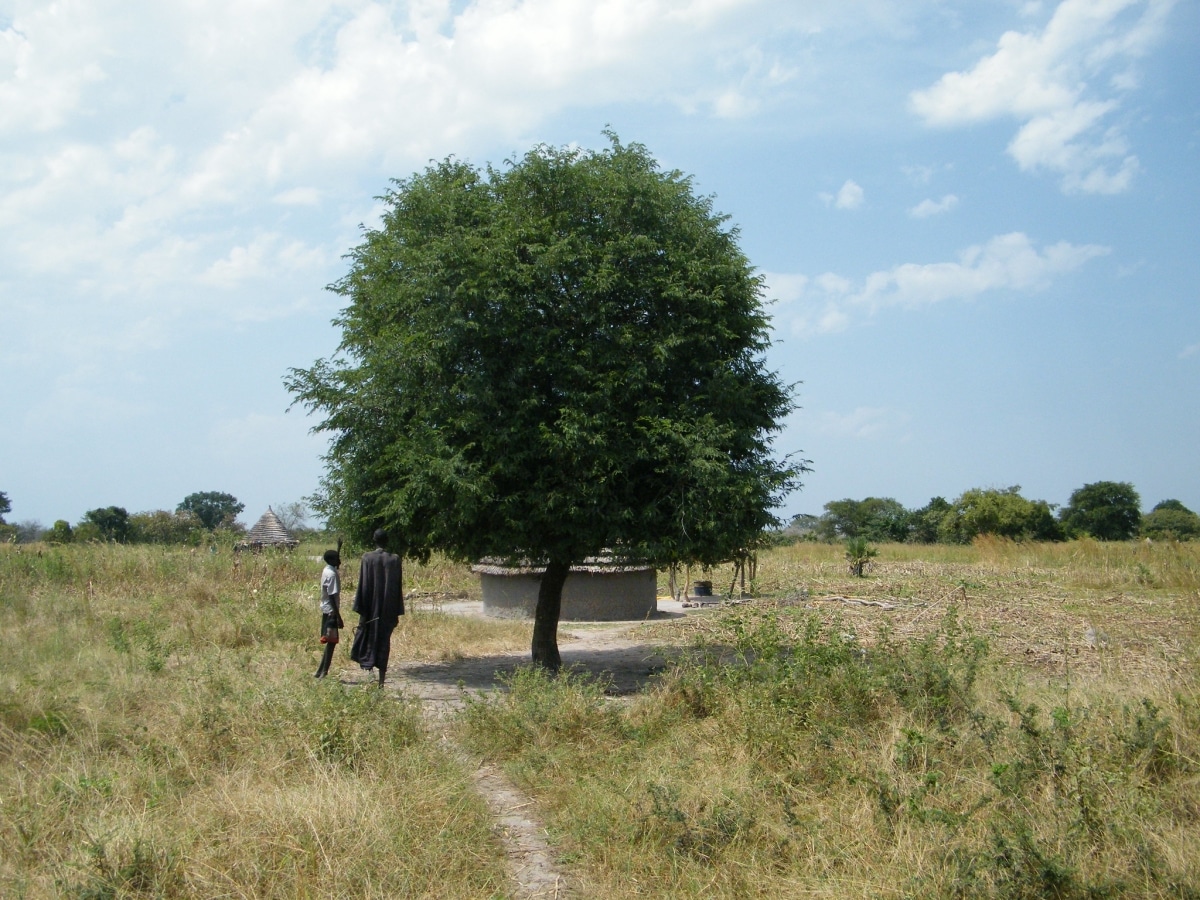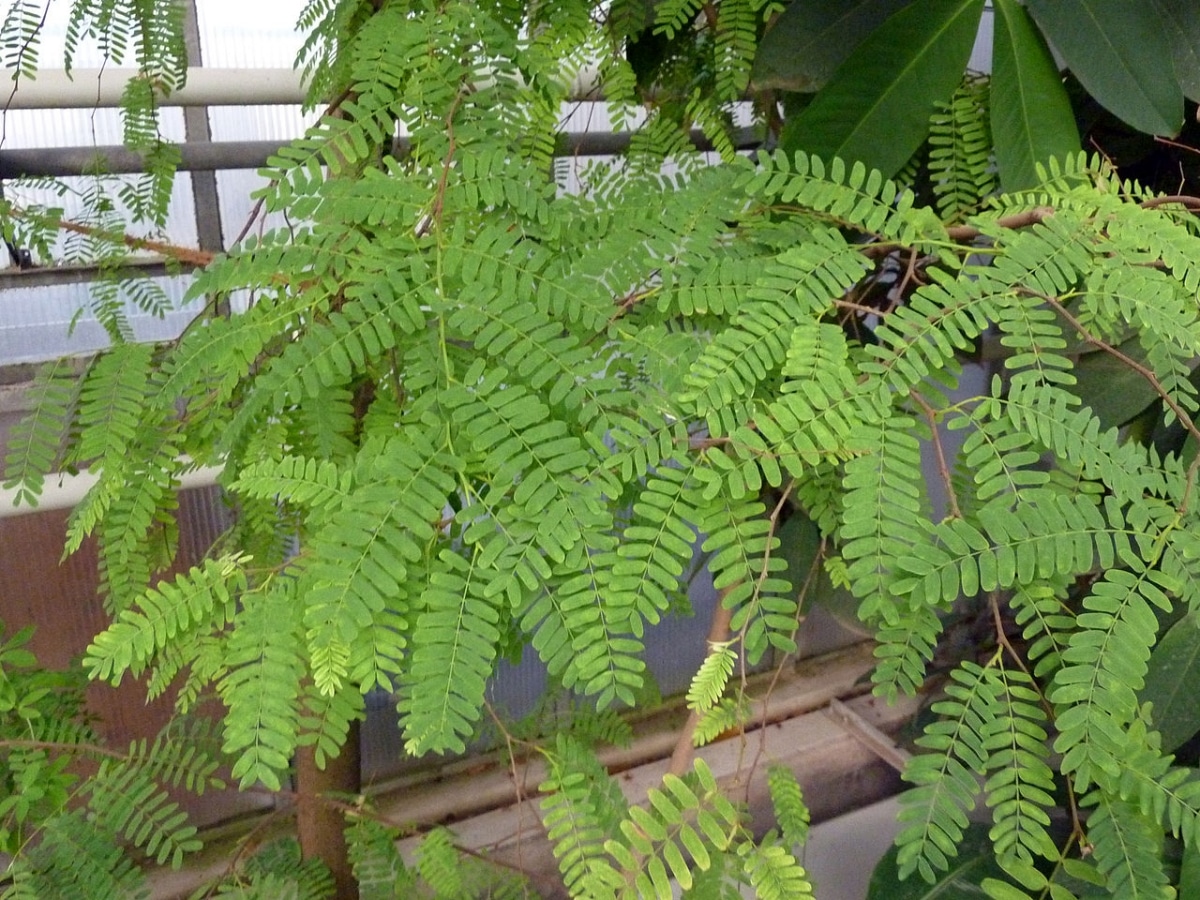
Image - Flickr / Malcolm Manners
Many of us want to have a garden with exotic plants, with a tropical aspect, that's why, It is not surprising that we wonder if it is possible to grow a tamarind tree in Spain.. And it is that this is a plant that is not only beautiful, but also produces edible fruits.
But to answer that question we have to know what climate there is in its place of origin, since only in this way can we get an idea of whether or not it is viable to grow it in our area.
Where does the tamarind live?

Image - Flickr / Scamperdale
El tamarind It is an evergreen tree native to Africa, particularly the tropical savannahs of Sudan., where about 800mm of precipitation can fall per year, especially in summer, and where the average annual temperature is 22º, with minimums of 11ºC and maximums of 35ºC.
Now, the human being spread it to other continents, starting with Asia and finally reaching America, which is where it is most cultivated today.
It is a fast-growing plant, which, as we said, remains always green throughout the year. This is because the conditions in which it lives allow its leaves to remain on the plant for a long time (months) until they are replaced by others.
Therefore, it is a species that lives in areas where it rains a lot in the warmest season, and where temperatures are also high throughout the year; or put another way: it is found in places where the thermometer never drops below 10ºC.
Can you have it in Spain?
It's complicated. Of course, in the south and in some points of the Mediterranean region, as well as in some points of the Canary Islands, it is possible. In the rest of the country, it could be kept in a greenhouse, or inside the house if you have an interior patio that receives a lot of natural light, and even so, we will see that it is not easy to keep it alive.
It is a tree that, in addition to a warm climate and lots of light, needs high humidity. This is not a problem if you are on the coast, on an island, near a river or in an area where it rains frequently, but if not, then the tamarind could dehydrate.
Is it worth having it as a houseplant?

Image - Wikimedia / James Steakley
If we take into account that it is a tree that is very sensitive to frost, and that it even suffers a lot from the cold (that is, when temperatures drop below 10ºC), you may be wondering if it is possible to keep it indoors. Y the answer is yes, but only if you have it in a room where you have a room with windows that let in lots and lots of light.
But yes, it is important that, in case you have curtains, you remember to open them, to fold them, so that there can be more clarity. Also, remember that if you have a fan or air conditioning device, for example, you should try to put the plant in a corner where it is not exposed to the air currents generated by these devices.
Another thing you can do is keep it inside the house only in winter, and take it outside when the weather improves.. In this way, you will get it to take much better advantage of the heat to grow. But if you do, put it in semi-shade; that is, do not expose it to the sun without first accustoming it, because it would burn.
How should the tamarind tree be cared for in Spain?
Now let's talk about how this plant is cared for in our country. But first of all, let me tell you something: we live in one where there are many different climates: for example, it is not as hot in the Pyrenees as in Tenerife, nor does it rain as often in Galicia as in Almería. Therefore, we could say that these tips are general. Then you, thinking about what the climate in your area is like, will have to see if you can follow them to the letter, or make variations:
- Location: as it is a plant very sensitive to cold, but also very demanding of light, it is interesting to keep it outside in spring and summer, and bring it indoors in autumn.
- Soil or substrate:
- Garden: if you are lucky enough to live in an area where frosts are never recorded, you can plant it in the ground if it has good drainage.
- Pot: you can fill it with universal substrate, such as this.
- Irrigation: it is a tree that must be watered, as long as it does not rain, several times a week in summer. If you have doubts about when and/or how to water, I advise you to take a look at our video on irrigation.
- Subscriber: you can pay it from April to the end of summer. If there are no frosts, you can pay it throughout the year. To do this, use organic fertilizers, such as guano or manure, so you will take care of the environment.
- Multiplication: to multiply to size, the seeds must be sown in spring.
The tamarind in Spain is a demanding plant, but if you fancy having a specimen, we wish you the best of luck.